
How to Make Hobnail Glass Cups
Ready for an exciting journey into the world of crafts? Today, you’re about to embark on a creative adventure where simple glass cups will be transformed into masterpieces with a design known as Hobnail. Join us as you delve into this unique way of turning your everyday utensils into authentic works of art. But first, what exactly is Hobnail?
Hobnail is a design characterized by its small protruding dots that create a distinctive and charming texture. The best part is that you don’t need to be a seasoned artist or spend a fortune to achieve this effect. All you’ll need are some glass cups and affordable stickers that you can find at Dollar Tree.
In this tutorial, we’ll show you how to creatively apply these stickers to achieve the desired Hobnail design on your glass cups. Get ready to unleash your artistic side and turn your glasses into true gems!
Step by Step
Step 1: Gather Your Creative Materials
Before you begin, make sure you have everything you need at hand. This project is known for its simplicity and accessibility, so here’s the list of materials:
Glass cups (you can easily find them at your local store or online!)
Hobnail design stickers (make sure you have enough to cover your cups)
A clean and flat working surface
Step 2: Preparation for the Hobnail Design
Preparation is key to the success of your project. Ensure that your glass cups are clean and dry before you begin. This will ensure that the stickers adhere properly and that the design looks flawless.
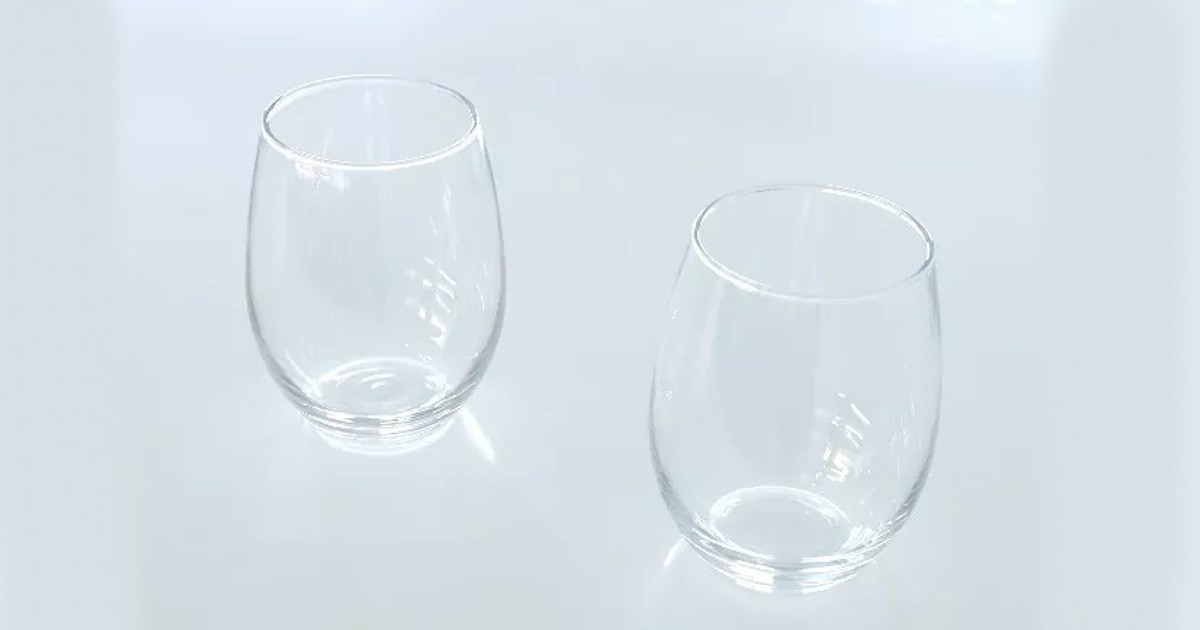
These are the stickers that I used to create the Hobnail effect.
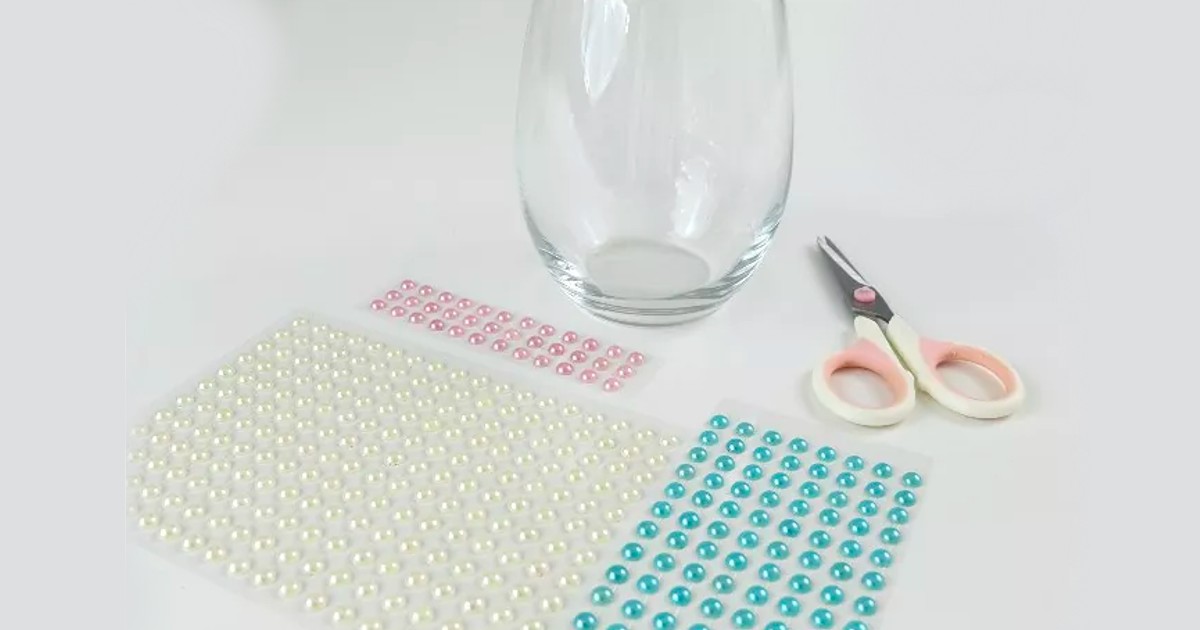
Step 3: Creative Application of the Stickers
This is the heart of your Hobnail design project. Take the stickers and carefully apply them to the glass cups. The beauty of Hobnail is that there’s no wrong way to do it. You can create symmetrical patterns or let your creativity flow and design unique patterns.
The choice is yours. I cut the stickers individually, as they come in joined lists, to keep the stickers at the same distance. And I simply stuck them to the random glass cups without following any specific pattern.
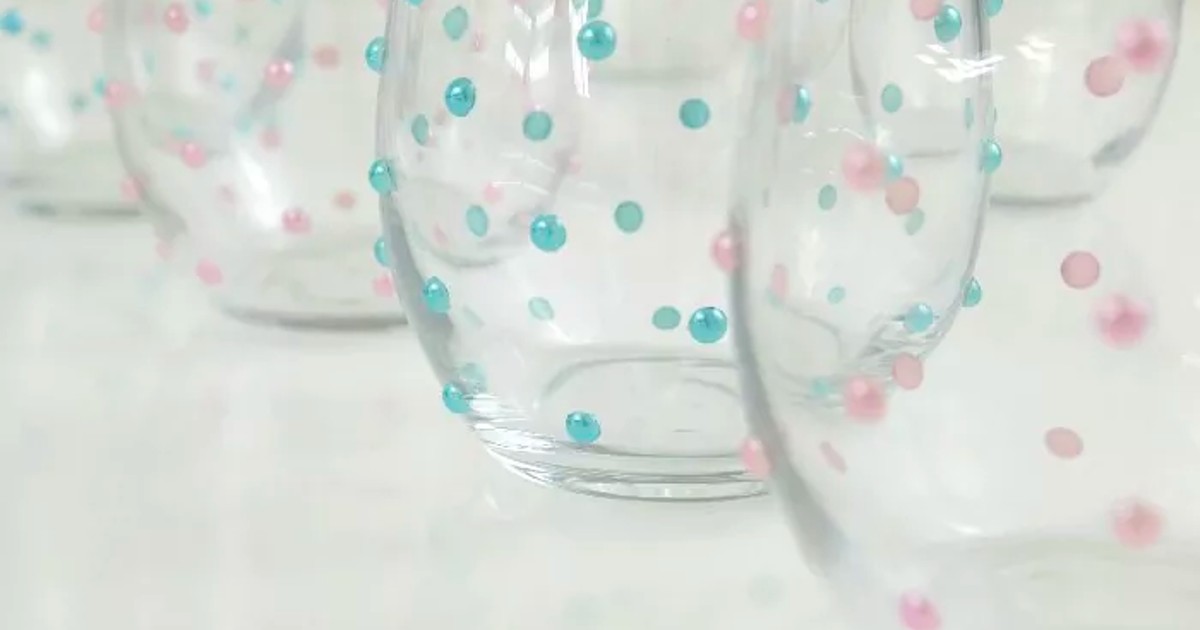
This is the final result of these glass cups with the Hobnail design.

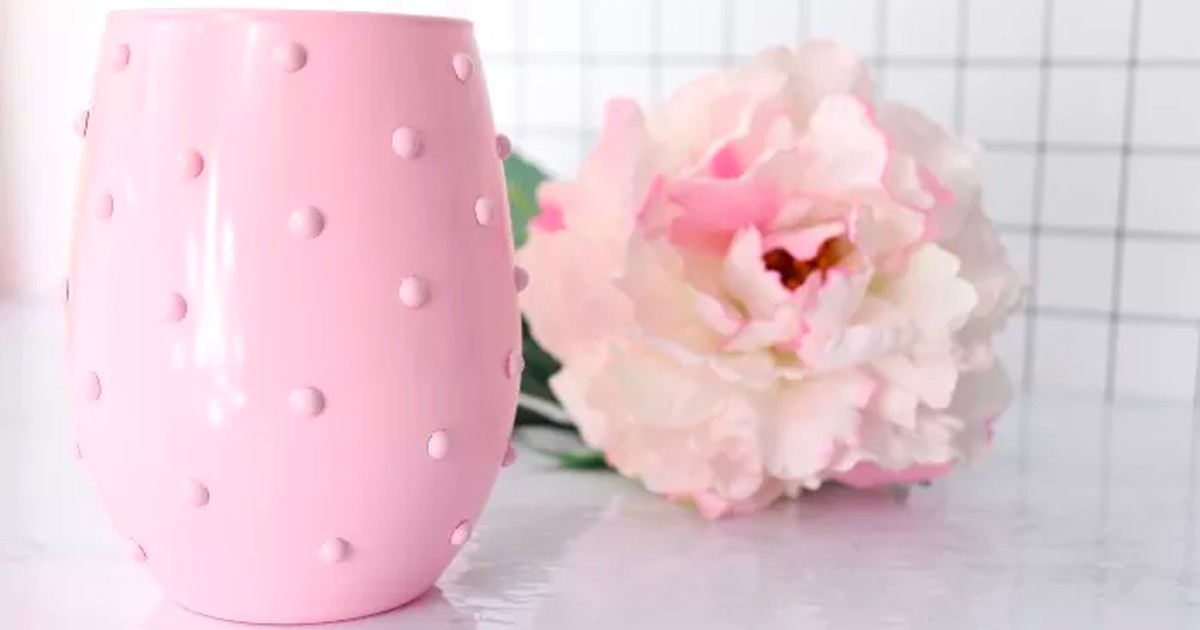
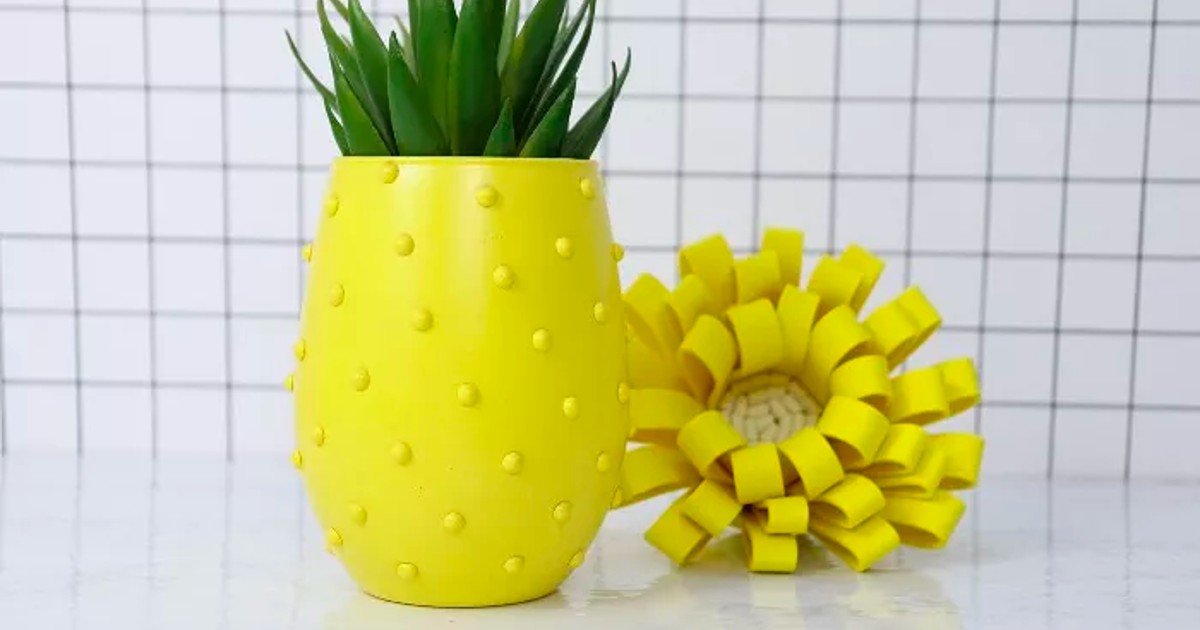

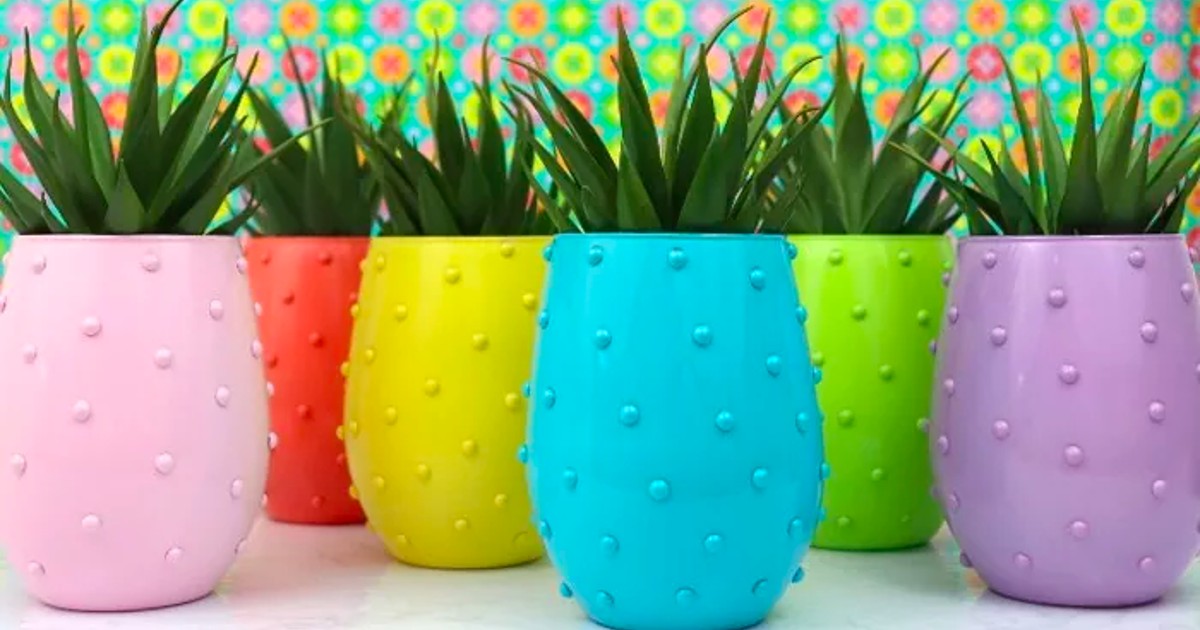

Conclusion:
I hope you’ve enjoyed this tutorial and feel inspired to put this simple yet impressive Hobnail design technique into practice on your glass cups. Through an easy and accessible process, you’ve managed to give your kitchenware a unique and elegant touch.
The beauty of craftsmanship lies in creativity and the ability to turn ordinary items into something extraordinary. Now that you have this skill in your arsenal, the possibilities are endless! Imagine all the beautiful creations you can make and how you can personalize your space with these decorative cups.
This Hobnail design project not only offers you the opportunity to add a personalized touch to your glass cups but also allows you to dive into the exciting world of crafting in an accessible and thrilling way. Every sip of your favorite beverage will become an artistic experience, and your guests won’t help but admire your creativity.
So, what are you waiting for? Gather your materials, unleash your imagination, and transform your glass cups into unique pieces of Hobnail art that will fill you with pride every time you use them. Art and creativity are at your fingertips!
So keep exploring, keep creating, and continue to enjoy the rewarding experience of crafting. Until the next creative adventure!
The History of the Hobnail Design
The history of the hobnail design is quite intriguing, as it has roots dating back centuries. Hobnail, characterized by its distinctive raised dots, has been used in various forms across different cultures and time periods. Here’s a brief overview of the history of hobnail design:
- Early Origins: The exact origins of the hobnail design are challenging to pinpoint, but it’s believed to have emerged in Europe during the late medieval period. It initially appeared as a functional element on footwear, particularly on the soles of boots and shoes. The raised dots provided better traction and durability, especially in muddy or slippery conditions.
- Footwear and Traction: Hobnails were commonly used on work boots and military footwear during the 18th and 19th centuries. They played a crucial role in preventing slips and falls, making them an essential feature for laborers, soldiers, and adventurers.
- Glassware and Pottery: The hobnail design transitioned from footwear to glassware and pottery during the 19th century. Glass manufacturers, especially those in Europe, began incorporating hobnail patterns into their glass products. This design added a tactile and visual appeal to everyday items like glass cups, vases, and dishes.
- Victorian Era: The Victorian era witnessed a surge in the popularity of hobnail patterns on glassware. The intricate texture and elegant appearance of hobnail glass made it a favorite choice for tableware and decorative pieces in Victorian households.
- Carnival Glass: Hobnail designs experienced a revival in the early 20th century with the advent of carnival glass. This colorful, iridescent glassware often featured hobnail patterns and became highly collectible.
- Contemporary Use: Today, hobnail design continues to be appreciated for its vintage charm and versatility. It is often used in interior décor, fashion, and various crafts. The raised dots add texture and character to modern designs, making them stand out.
- Crafting and DIY: As seen in the tutorial you mentioned earlier, hobnail design has found its way into crafting and DIY projects. Craft enthusiasts can now create their own hobnail-inspired designs on various surfaces, from glass to ceramics.
Conclusion
In summary, the hobnail design has evolved from its utilitarian origins in footwear to become a beloved decorative element in glassware and beyond. Its rich history and timeless appeal continue to inspire creativity and craftsmanship in various forms.
Don’t forget to follow us in our Instagram and Facebook Group !!!!
DIY Tutoriales y mucho mas participa en el Programa de Asociados de Amazon Services LLC, un programa de afiliación publicitaria diseñado para proporcionarnos un medio para que ganemos dinero a través de los enlaces de Amazon.com y sitios afiliados.

Leave a Reply